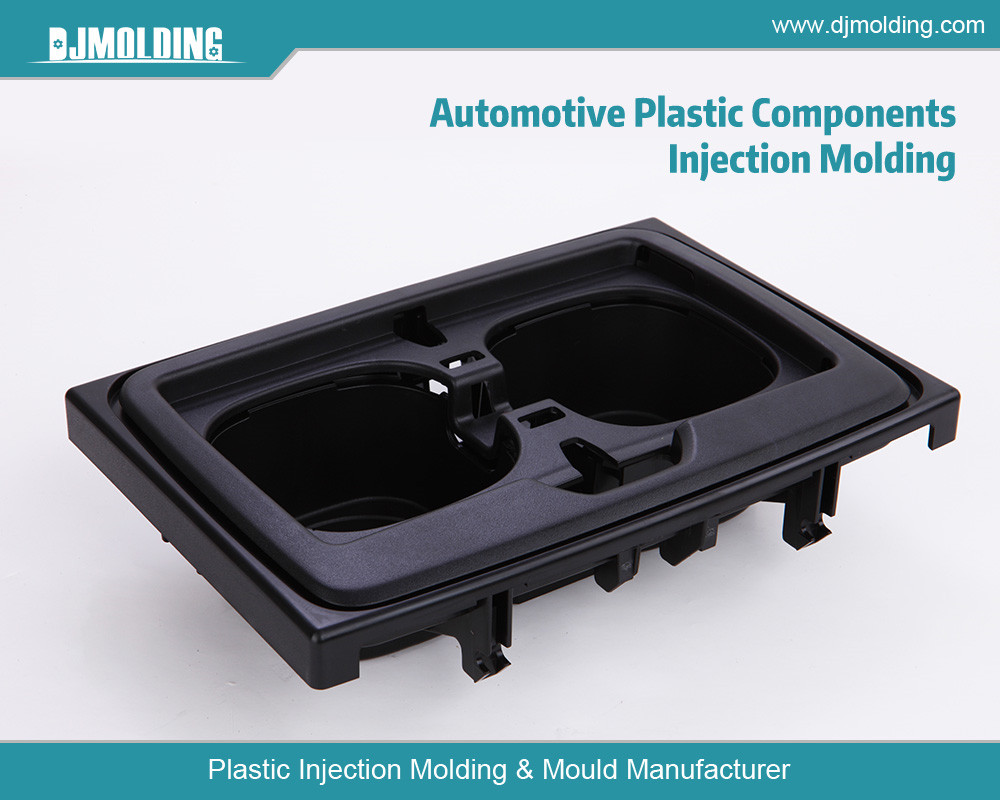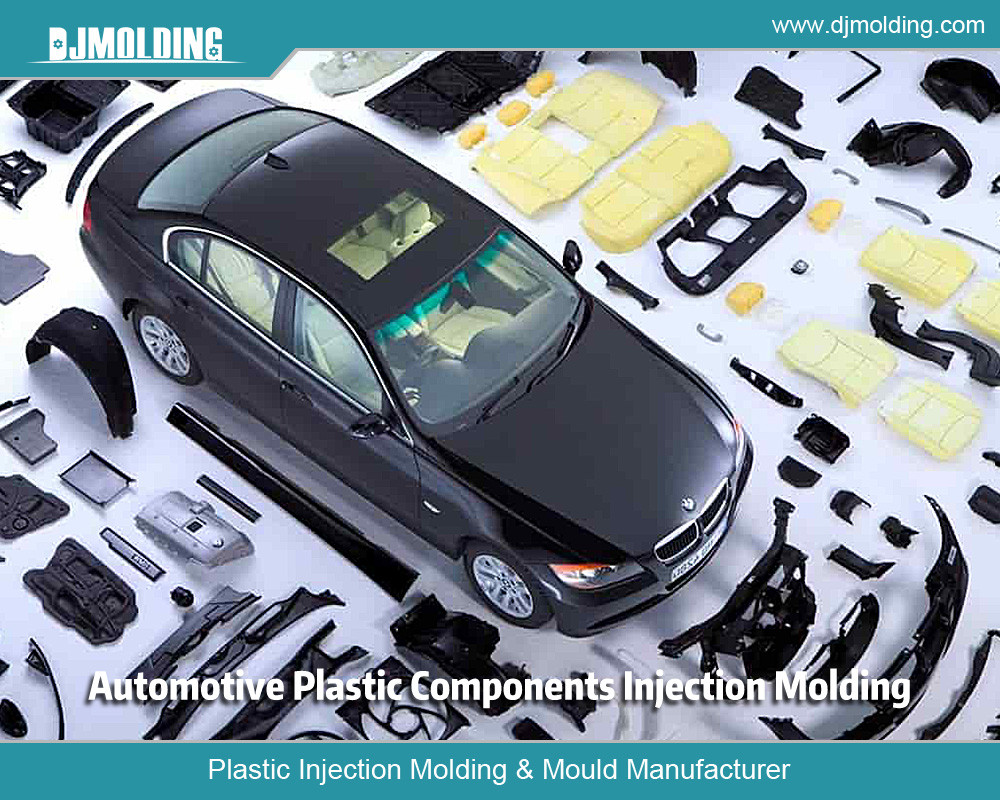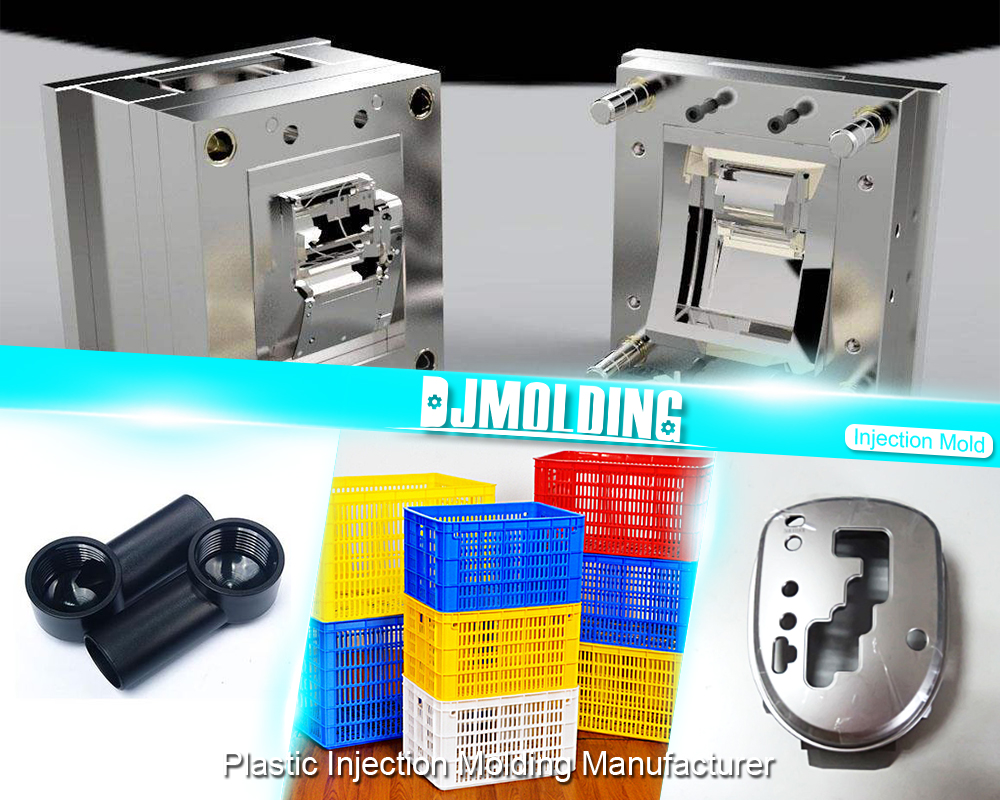The Rise Of Low-Volume Injection Molding Manufacturing For On Demand Manufacturing Service
The Rise Of Low-Volume Injection Molding Manufacturing For On Demand Manufacturing Service
Manufacturing companies can focus the manufacturing process on smaller quantities and batches of completed goods and control costs by using low-volume manufacturing. We will discuss low-volume device manufacturing in this article, including its definition, types, and advantages.

Low-Volume Manufacturing: What is it?
Small-scale production and good prototyping are known as low-volume manufacturing. Hybrid manufacturing methods, which blend additive and conventional manufacturing components, cut labor, material, and tooling costs while maintaining a lower production volume. It is growing in popularity over time since it saves users both money and time while granting them quick access to a variety of markets.
Low-volume manufacturing is becoming increasingly common in factories since many industries have realized that it enables them to reach the market faster. For this reason, it is crucial that you take this into consideration. It enables companies to alter their layouts, provide greater personalization, and cut expenses.
Low-Volume Manufacturing Types
To meet minimal order requirements and generate goods, three low-volume manufacturing techniques can be employed: 3D printing, CNC machining, and injection molding. We’ll go into more detail about every one of these categories below.
In-Mold Processing
Production techniques known as injection molding employ a custom mold to create goods that meet the unique requirements of each project. After selecting the raw material, it is heated until it becomes liquid and then injected into the mold’s cavity. The material is opened, discharged, and prepared for shipping once it cools down inside the mold. In the meantime, a new product is made using the same mold.
Plastics, metals, and other materials can all be molded via injection molding. Additionally, this procedure contributes to the production of reliable goods that are very resilient to weather and strong. To make an automotive part for a specialty car, for instance, plastic parts can be poured into a mold, and the mold can be reused for the remainder of the production run.
CNC Turning
In CNC machining, a pre-planned program is input via software to control the motion of the equipment and instruments inside the apparatus. Using instructions and prompts, CNC machining technology can produce intricate objects with dimensional cutting and molding. Another simple and consistent technique for producing high-quality products quickly is CNC machining. Along with being scalable, it requires less money for equipment, setup, and preparation of the machine and can work with a variety of raw materials.
Manufacturing and 3D printing
Layering raw materials is a technique used in additive manufacturing processes, or 3D printing, to manufacture items. A designer produces a design with CAD software, and the program subsequently constructs it. Using the machine’s instructions, the software constructs the design by layering layers on top of each other. Once every product is constructed, the procedure is repeated. Because the process of 3D printing and manufacture can produce extremely intricate and delicate pieces, they are ideal for items that need to weigh less. In addition, it has almost infinite flexibility and freedom of design for various commodities and requires less labor than conventional machining for mass production.
Benefits of Manufacturing in Low Volume
It continues to be true that businesses that have to create larger quantities of goods and are unable to do it in smaller batches can greatly benefit from high-volume production. Nonetheless, there are four main advantages of low-volume production and product development to take into account.
1) Promotes products quickly
Even with the best technology, a high-volume production that produces an extensive number of items takes time to complete. This implies that huge-scale goods may have a longer time to market, requiring you to spend more time catching up than ahead of the curve. Businesses can enter the market rapidly and launch their products before rivals do so by using low-volume production.
2) conserves money
The money you can save by using low-volume manufacturing is another advantage. The prices of tools, materials, and labor are significantly reduced, particularly for plastic molding by injection and pressure die-casting projects. For some products, low-volume manufacturing can ultimately save your company a greater sum than high-volume production.
3) Offers greater process adaptability for product design
You can alter different aspects of your item’s design or provide your customers with more customization options when you aren’t producing your goods in large, batch production runs. Instead of large-scale production, this gives you greater control over what you produce and enables you to make the greatest product to maintain your market dominance.
Low-Volume Manufacturer Solutions
There are numerous advantages to low-volume manufacturing that may interest clients. However, maintaining the most efficient operation of your production may prove challenging due to unpredictable demand and changing requirements.
Innovative production techniques
Three primary groups are able to classify low volume technologies.
The first is sintering, which produces intricate, high-resolution objects by heating material without liquifying it. While selective laser sintering employs a laser to fuse thermoplastic powders together, direct laser sintering of metal uses metal powder. The second technology completely melts the materials. It consists of electron beam melting and direct laser metal sintering, which dissolve metal powder layers employing lasers and electron beams, respectively. Stereolithography is also the third broad category of technology. It creates torque-resistant ceramic pieces that can withstand temperatures below freezing by firing an ultraviolet laser in a cylindrical container of the photopolymer resin. This process is known as photopolymerization.
What Is the Use of Low-Volume Production?
There are numerous justifications for refocusing on low-volume manufacturing. Sometimes the goal is to increase manufacturing efficiency, and other times it’s just what the bespoke industries need. Better production testing, less tooling, cost reduction, and a move toward flexible manufacturing are examples of improvements. We go into more depth about these below.
Development of Bridges and Production at High Volume
A common strategy to close the gap between full-scale production and low-volume production It’s a low-risk way to work out manufacturing or putting together bugs that weren’t discovered in the early stages of development. Production can be progressively increased from the low-volume beginning point, with the manufacturing processes being optimized as you go. Plus, all of that takes place prior to spending large quantities of money on pricey equipment.
Assess market performance.
To test the market’s reaction to a new product, low-volume production might also be used. Rather than spending large sums of money on pricey, high-volume tooling in the hope of success, a limited quantity of products can be released initially to see how customers react. These items may be introduced into a marketplace and their financial performance used for assessing market adoption, or they can be given out under strict control to a small group for testing purposes.
Cutting Expenses
Certain products can only be produced profitably in large quantities utilizing automated manufacturing techniques. However, this is a financially risky venture because it demands a large initial capital investment. Without committing to full-scale production, low-volume production technologies can be used to assess the product’s attractiveness with relatively little up-front cost. The producer might not even need to go beyond low-volume production if the market is tiny.

Personalized Items
In the last several years, there has been a sharp increase in the demand for bespoke goods. One-size-fits-all products will never be as popular as tailored ones made to a customer’s exact specifications. Custom items, however, cannot plausibly be produced using high-volume production methods due to their very nature. Low-volume production methods, on the other hand, provide much greater customization and flexibility.
For more about the rise of low-volume injection molding manufacturing for on demand manufacturing service,you can pay a visit to Djmolding at https://www.djmolding.com/low-volume-injection-molding/ for more info.




